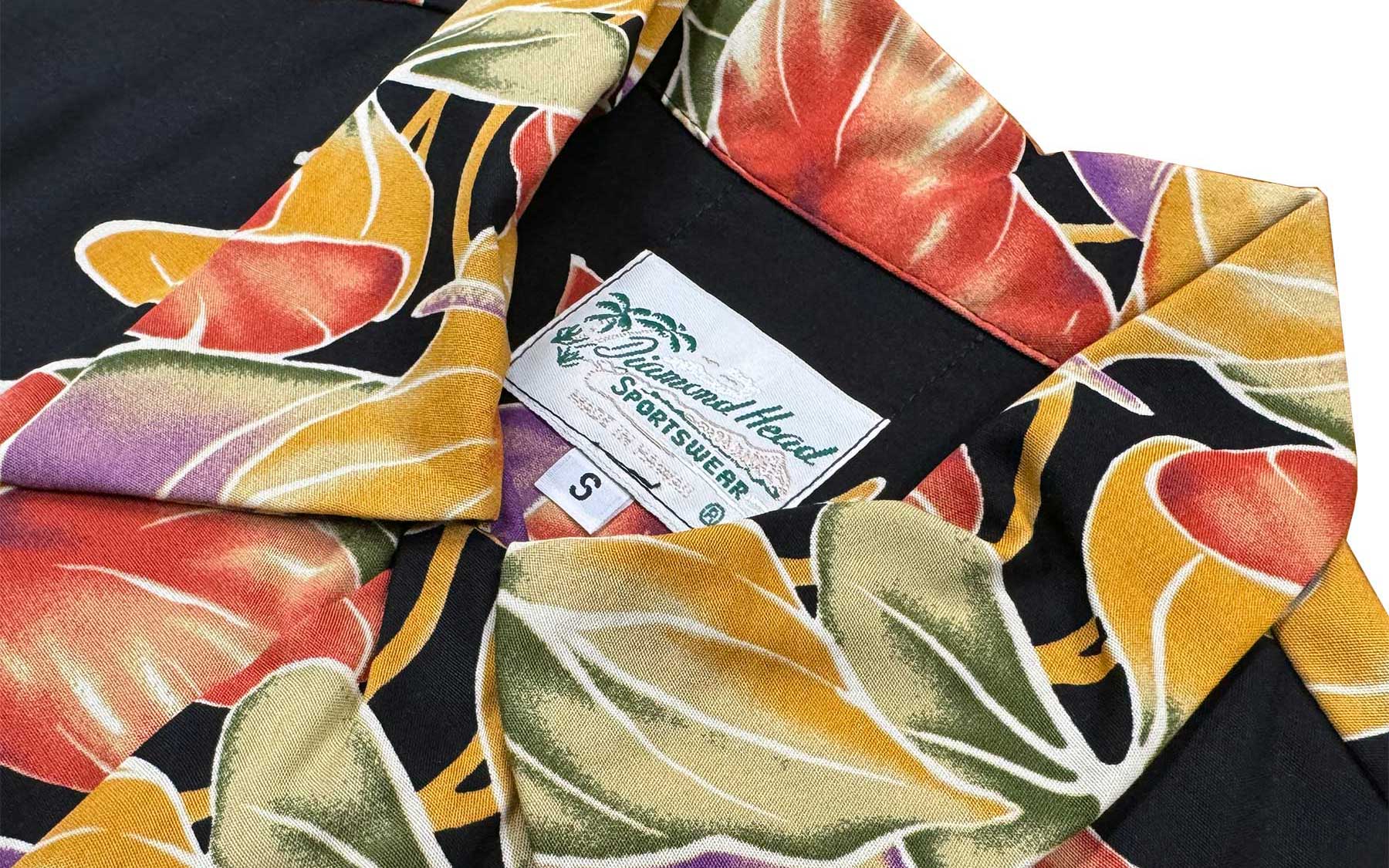Every year, the beautiful Hawaiian Islands attract tourists from around the world. People flock here year-round to lounge on sandy beaches and relax while taking in local culture. While Hawaii is most popularly known for its beguiling scenic views, there’s a lot more to know and love about this fascinating place. We’ve compiled a short list of fun facts to make your trip to Hawaii even more interesting.
The Island State
Hawaii is no slouch in the island department. It’s the only state in the U.S. with land mass made entirely of islands and many people are somewhat familiar with Hawaii’s eight main islands. These islands are: The Island of Hawaii (The Big Island), Oahu, Maui, Molokai, Kauai, Lanai, Niihau and Kahoolawe. Most of the state’s population reside on these islands. But, did you know there are over 130 islands in total? Most of the remaining islands are smaller atolls and shoals.
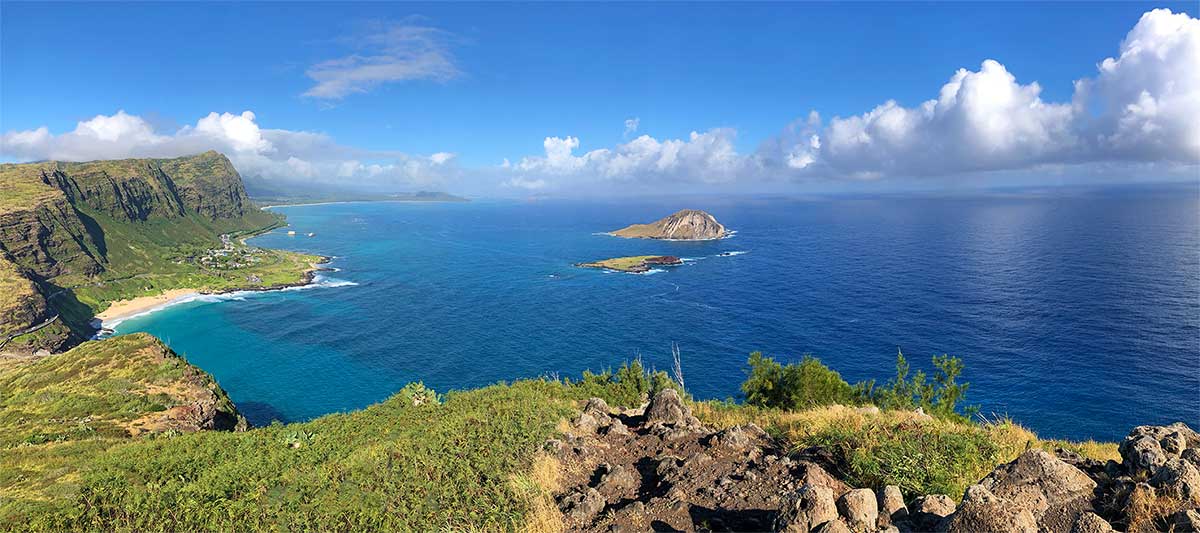
View of "Rabbit Island" from the Makapuu Lighthouse Trail
The Big Island Continues Growing
Thanks to continuing volcanic eruption from the Kilauea Volcano, The Big Island grows about 42 acres a year. Kilauea isn’t even the biggest volcano in the area. That title goes to the Mauna Loa Volcano. However, for the past three decades only one volcano has been spewing loads of lava, slowly creating new land with each eruption.

Lava meets the sea at Volcanos National Park on the island of Hawaii (Big Island)
Coffee, Vanilla and Nuts
The first vanilla farm was started in 1998, and now Hawaii is the only U.S. state to commercially grow vanilla. As for the famous Hawaiian macadamia nuts, the first nut trees were imported from Australia back in the 1920s.
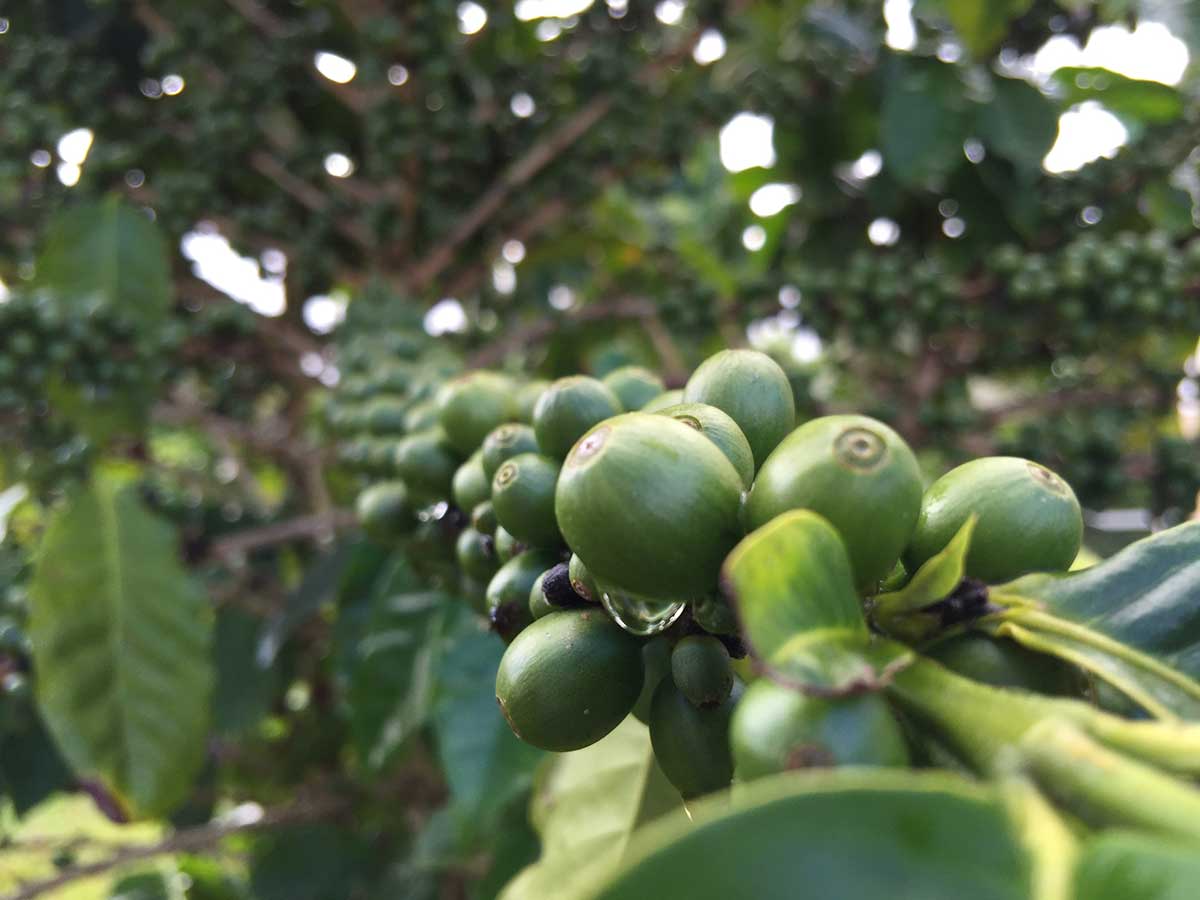
Green coffee beans on a coffee plant on the North Shore of Oahu
Origins of the Hawaiian Shirt
Depending on who you ask, a fashion savvy college student or movie star invented the iconic Hawaiian shirt. Also known as the Aloha shirt, the first creative sparks of this garment emerged in the 1920s and 1930s. Back then, it was common for some men to have special shirts made by hand. During this era, a few established shirt-making shops began advertising handmade shirts made from colorful Japanese or Burmese printed fabrics.
One story claims that Hawaiian surfers first started the trend. Another story claims Hollywood actor, John Barrymore requested the first handmade Aloha shirt. Regardless of how it all began these beautiful shirts are forever associated with Hawaii's fun and laid back lifestyle.

Wacky Weather
Many visitors to Hawaii are surprised to learn that our tropical climate is amazingly diverse. The Big Island alone has 10 different climate zones ranging from hot to cold. Because of these various temperature changes, we highly recommend packing a light jacket, in addition to your summer dresses, shirts, shorts and shoes.
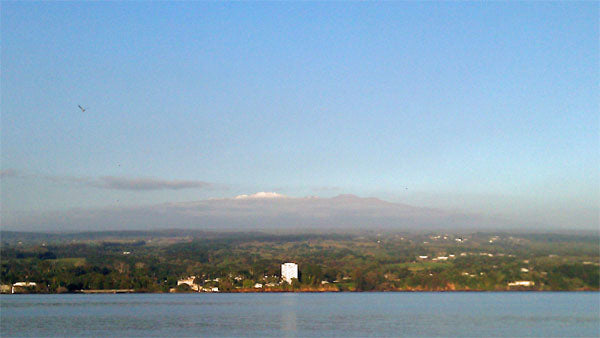
Snow-capped Mauna Kea over looking Hilo Bay on a warm tropical morning
Locals Love Spam
Hawaii residents consume 7 million cans of Spam per year. That's enough to make Hawaii the biggest consumer of Spam per capita in the US. The most popular way people in Hawaii eat Spam is in the form of a Spam Musubi. And when it not made into a Spam Musubi, then it is almost always served with rice. Hawaii consumes a lot of rice too.
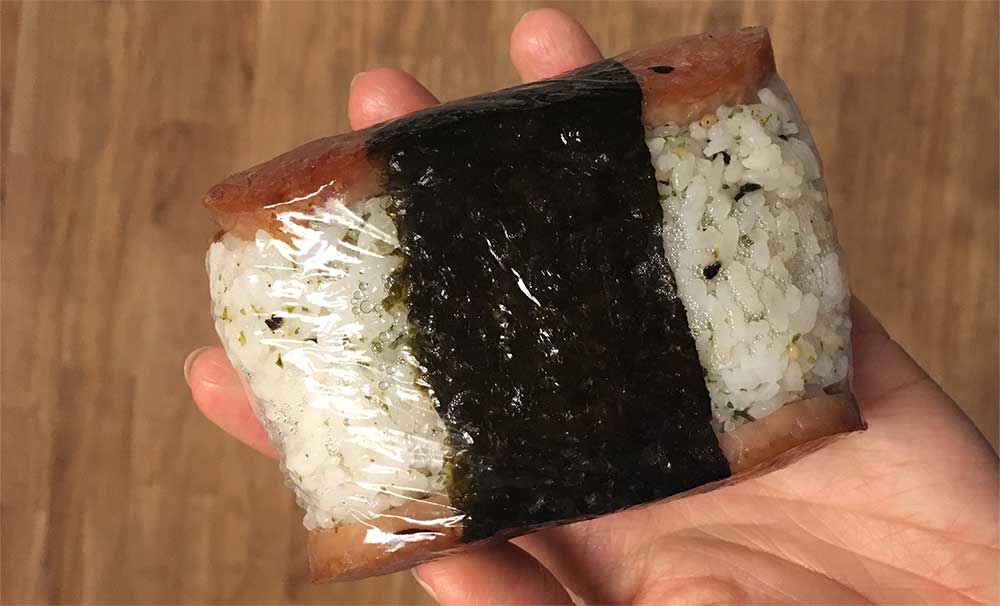
Racial Diversity
Hawaii is the only state in the US where the majority of the population is non-White. There is no racial majority. As you might expect, this also means Hawaii is a mixing pot of cultures from all over the world. Because there are so many different cultures coexisting in close proximity to each other, most residents have adopted a very tolerant and open mind to other cultures. Various traditions and foods from different countries have become localized as part of Hawaii's culture.
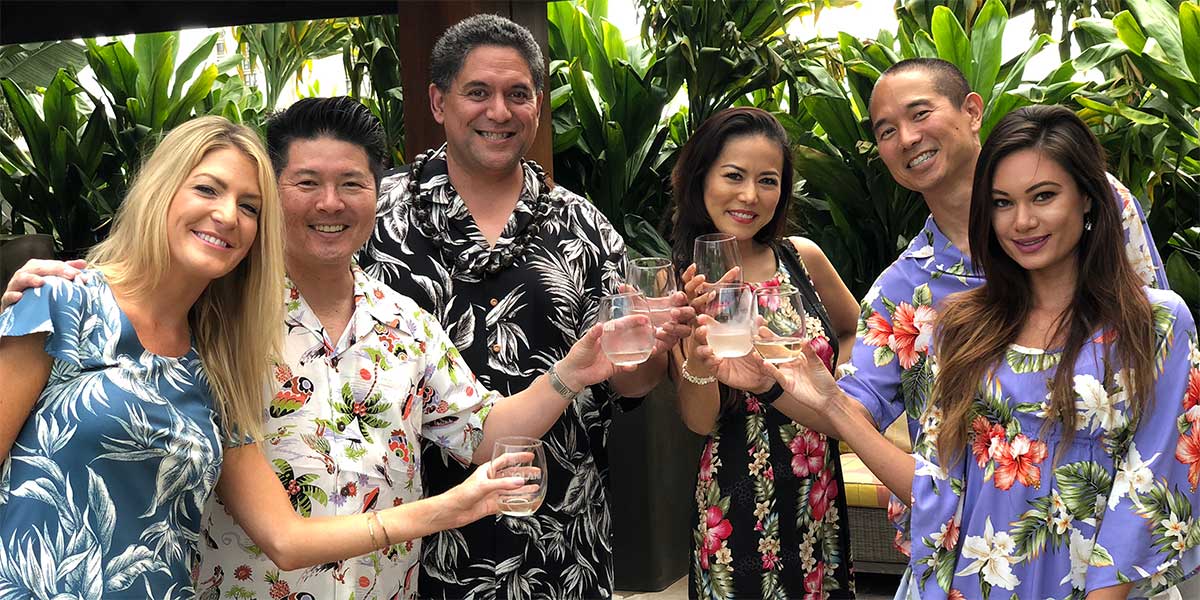
Common Scene: Friends with diverse ethnic backgrounds (Native Hawaiian, Native American, multiple Asian countries, multiple European countries, and more) all getting along and having fun


